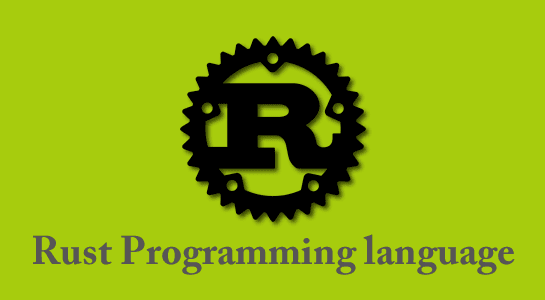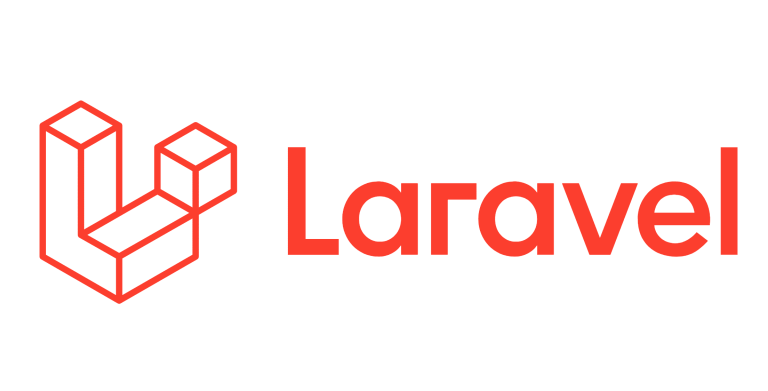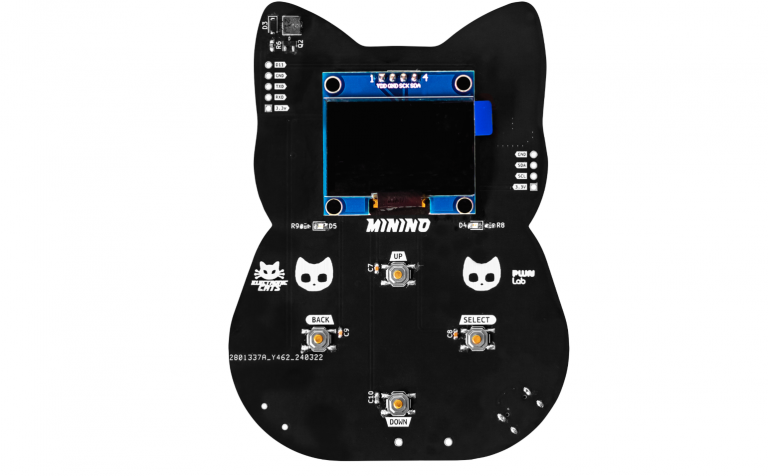There are new and infamous ways hackers and thieves use to get into a system since systems hold valuable information such as customer or personal data. They are ranging from names, addresses, social security numbers, and credit card information. Thus, consumers and even developers need to be articulate in their software security.
While consumers can easily purchase programs to heighten protection, developers need to design their programs and systems intricately. That way, they can prevent hackers from gaining access. However, with better technology comes even more complicated forms of attack.
One of which is command injection. To better defend against this type of attack, you must learn everything about it. By doing so, you can gain the ability to incorporate deterrents and countermeasures.
What is Command Injection?
Before preventing command injection, you must know what it means first. Command injection is a form of cyberattack that uses vulnerabilities found in applications to gain access. And, different applications bring different exposures to threats. Hence, pinpointing out specific factors would be difficult. So once hackers gain access, it executes a set of commands. These commands have been predetermined by the hacker beforehand.
One other way that they use command injection is through website cookies. The moment you join a specific website and allow it to place cookies on your system, the command injection may get into your device. The command will eventually leak into the server. Thus, ultimately allowing it to execute the command.
Likewise, most command injection software is used to take then resend valuable data or run malicious files and programs.

Code Injection vs. Command Injection
Code injection works similarly to command injection. It also utilizes vulnerabilities in websites and applications for it to enter. Similar to command injection, it also uses weaknesses in data validation to inject a code.
However, the apparent limiting factor of code injection is in the type of code. Depending on the type of code used, the hacker can only execute commands based on its code. For instance, if the codes are made of a specific programming language, the limitations and scope of influence will be based on it, as well.
Unlike code injection, command injection doesn’t have that limiting factor. As it attacks and brings with it a whole system, it can easily manipulate the entire system. Hence, once a command injection has entered a system, it can exploit the application’s primary function. As a result, it’s allowing the hacker the ability to send commands to the system.
The worse is, it’s giving the hacker better control than any code injection.

The Consequences of a Command Injection Attack
If your system or application has been infiltrated by command injection bugs, then you’ll face some issues. There are multiple consequences of a command injection attack, but it’s dependent on the hacker’s command. However, most command injections aim to destroy or overload the system or software causing it to crash.
Furthermore, others aim to gain partial or full access, allowing hackers to send and release data at their will. Moreover, some cases even show attackers gaining additional privileges while using and infecting the system long before developers and owners noticed. Thus, most developers use fuzzing to find command injections bug, hoping to save the system. You can find a fantastic read here about fuzzing command injection bugs.
How Can You Prevent Command Injection Attacks?
Even if you’re not a developer, you can still prevent command injection attacks. Here are some ways you can avoid such cyberattack:
- Avoid Command-Line Calls Altogether
The first prevention method you can do is avoiding command line calls. Because when you’re using command lines, it opens users to risk such as command injection.
You might be used to using command lines to send emails or even read files. But this is allowing unprotected streams of data to enter and exit your devices.
Hence, use better interfaces that have built-in protection. This will overall reduce the avenue where command injection can infiltrate.
- Use Built-in APIs Instead of OS Commands
Another method is to shift from using Operating System (OS) commands to much-safer APIs, considering that most reputable APIs have built-in security measures.
You can take advantage of these security measures to prevent any vulnerabilities and increase protection to any system integrators.
Even if a command injection could enter the system, you won’t need to worry since command lines will block the command. This is because APIs use an entirely different language.
- Validate User Input
However, there will be situations where you’ll need to use command lines. As a result, you may be creating a vulnerability to your system. One example of this is the vulnerability in TP-Link to command injection.
However, you can detect and validate the input when doing so. By simply checking for random symbols, you can pinpoint malicious actors within the system.
Moreover, you can prevent the input of malicious commands by blacklisting specific symbols hackers use. This action will remove the hacker’s ability to input their commands.
Likewise, you can also specifically allow only used numbers and letters. By doing so, you’re doubling your protection by blocking their commands and allowing only yours.
- Reject Unacceptable Code
You can also use server-level protection, which is blacklisting a set of codes. Simply by only allowing your codes you and your team built prevents any other code from accessing the server. Thus, creating a barrier between the malicious codes and the whole server.
Some organizations even limit the type of input to ensure a protocol for their coding. This method ensures that insiders or employees have exclusive access to the server.
- Escaping Shell Metacharacters
Also, to prevent any other characters and limit the output of commands, you can use escaping shell metacharacters.
This method allows you to expressly grant access depending on the variables. You or your developer can set these variables based on your needs.
Hence, if you find any vulnerabilities in your system, you can limit the hacker’s function and reach using shell metacharacters.
Conclusion
Now that you know what a command injection is and what it can do to your system, you shouldn’t wait until it has entered your system.
Start to conduct an assessment of your system and see if there are vulnerabilities within it. If there are double-checks for command injections, clear them off the system and incorporate the tips above.
You might not entirely prevent a command injection attack, but it’ll deter less-experienced hackers from attacking. Furthermore, don’t stop learning about other forms of cyberattacks since command injection attacks are just the tip of the iceberg.






